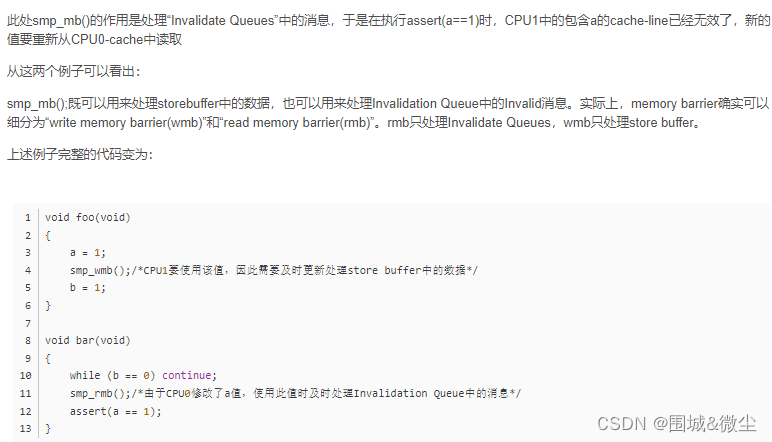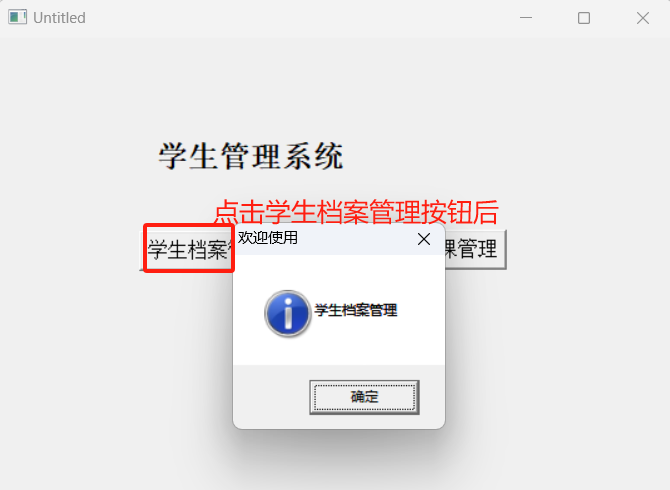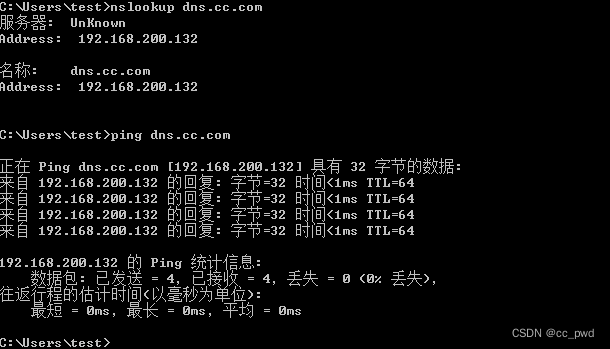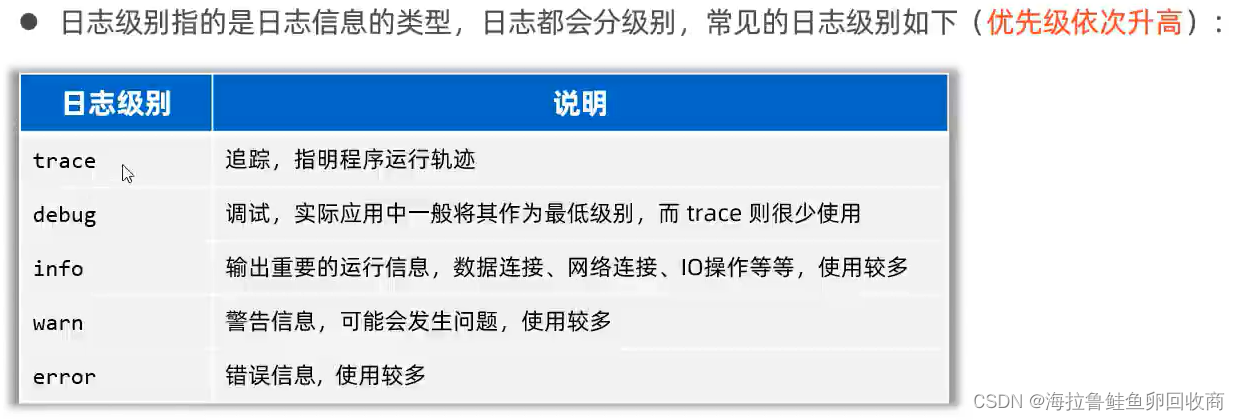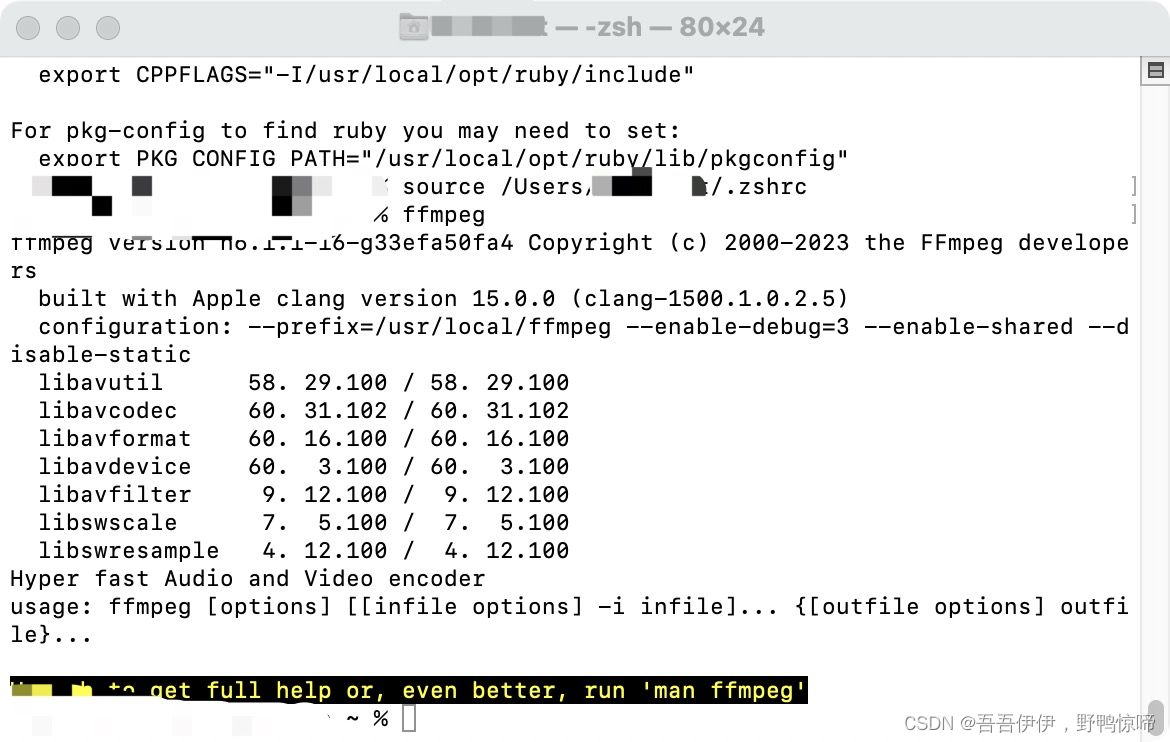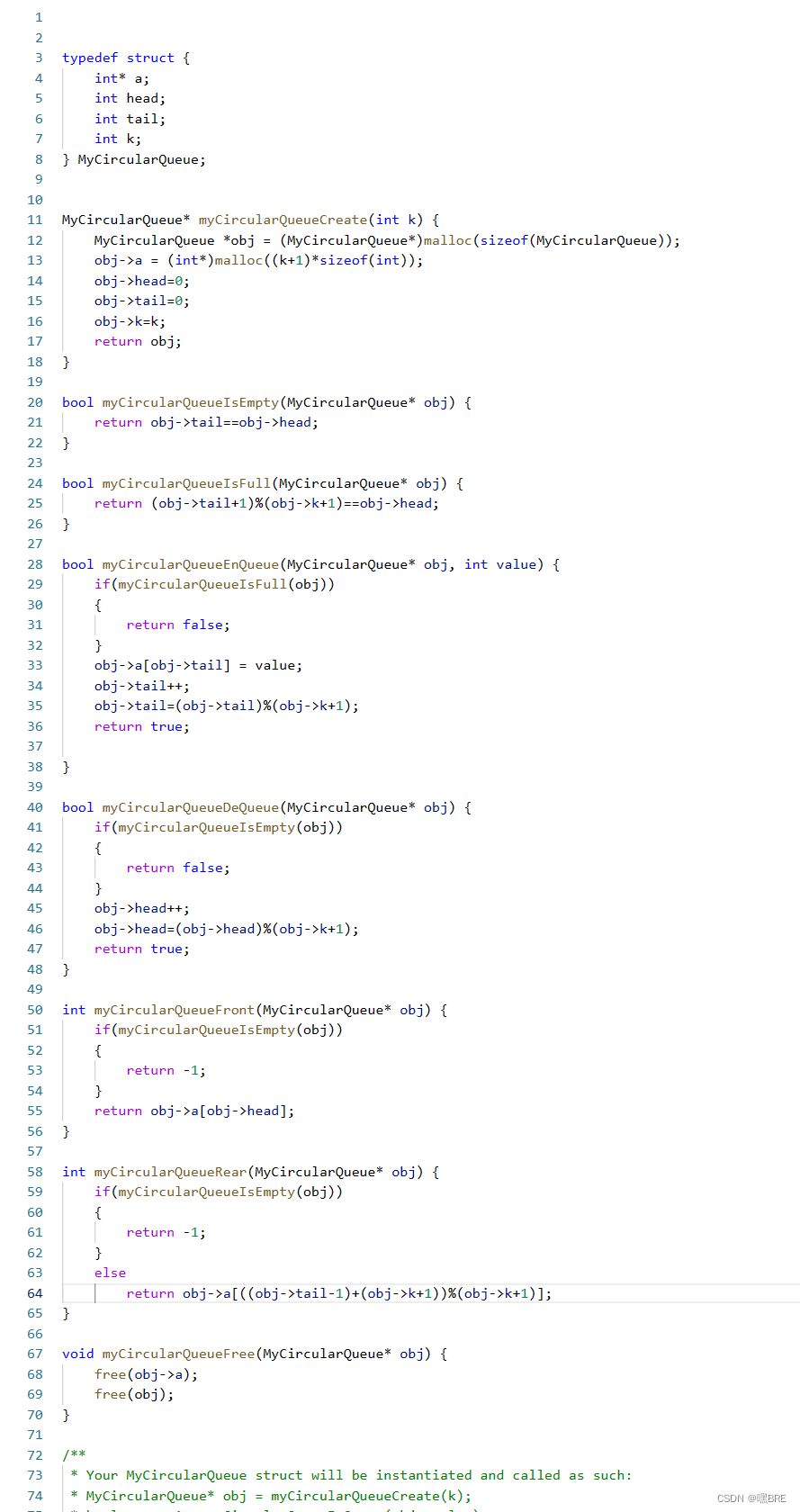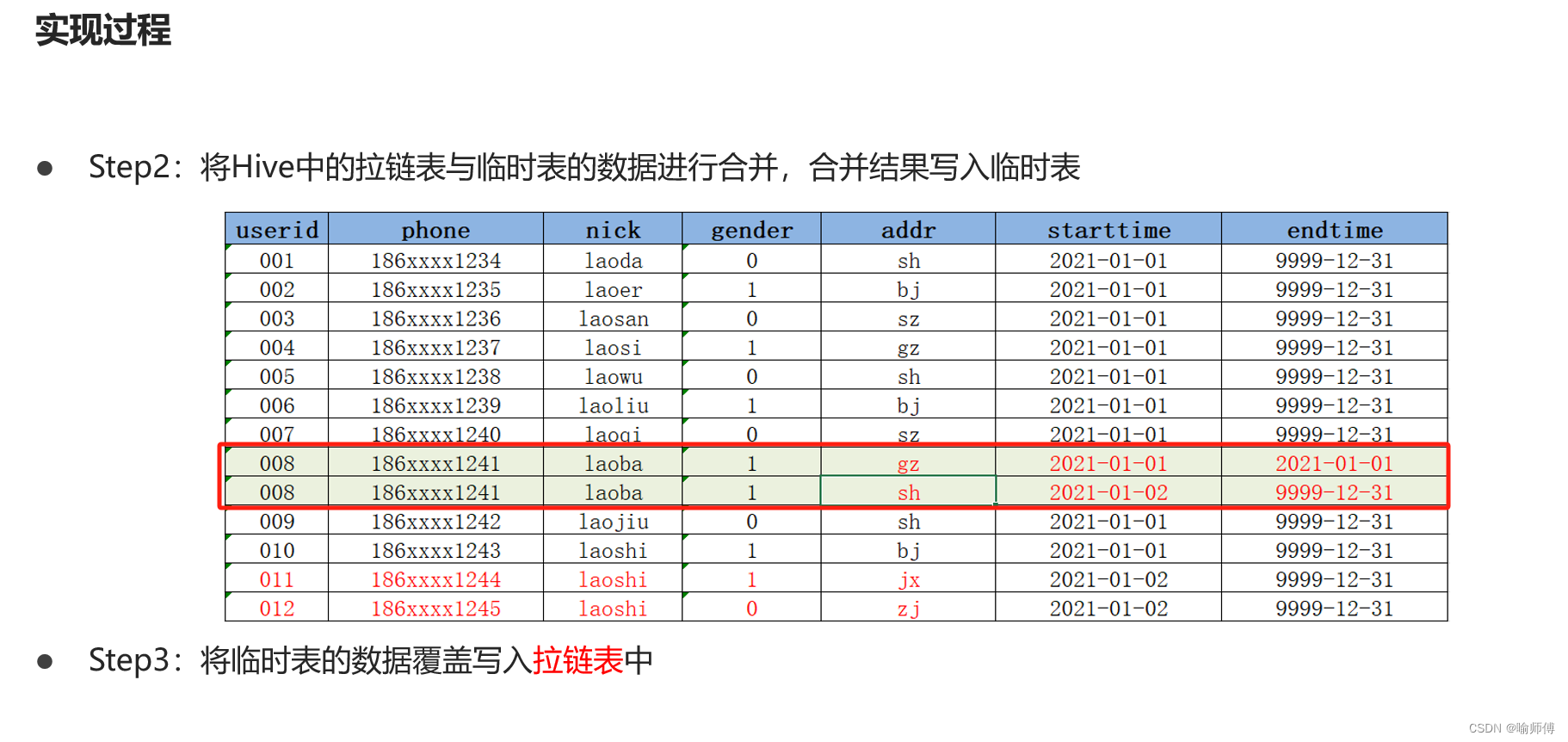文章目录
- 前言
- 一、Path类的概述
- 二、Path类的主要方法
- 2.1 Path.GetFullPath(string relativePath)
- 2.2 Path.GetDirectoryName(string path)
- 2.3 Path.GetFileName(string path)
- 2.4 Path.GetFileNameWithoutExtension(string path)
- 2.5 Path.GetExtension(string path)
- 2.6 Path.Combine(string path1, string path2)
- 2.7 Path.GetPathRoot(string path)
- 三、Path类在实际编程中的应用
- 示例代码演示Path类的实际应用
- 四、Path类的跨平台支持
- 五、总结

前言
在C#中,文件和目录的操作是编程中常见的需求,而.NET Framework为我们提供了一个名为Path的类,用于进行文件的路径操作。本文将对Path类进行详细的解析,帮助大家深入理解其背后的原理和用法。
一、Path类的概述
Path类位于System.IO命名空间中,它提供了静态方法,用于处理文件和目录路径。这些方法可以用来解析、格式化和转换文件和目录路径。由于Path类是静态的,因此我们不需要创建它的实例就可以使用它的方法。
Path类的基本功能与重要特性:
Path类位于System.IO命名空间中,提供了静态方法来处理文件和目录路径。这些方法可以用来解析、格式化和转换文件和目录路径。以下是Path类的一些重要特性:
- 路径解析:将相对路径转换为绝对路径,或者提取路径的某一部分,如文件名或扩展名。
- 路径组合:将两个路径片段组合成一个完整的路径。
- 路径根目录获取:获取指定路径的根目录部分。
- 跨平台支持:Path类在不同的操作系统上表现一致,使得路径操作在跨平台应用中变得简单。
二、Path类的主要方法
2.1 Path.GetFullPath(string relativePath)
该方法用于将相对路径转换为绝对路径。
示例代码:
using System;
using System.IO;
class Program
{
static void Main()
{
string relativePath = "..\\example.txt";
string absolutePath = Path.GetFullPath(relativePath);
Console.WriteLine("绝对路径:" + absolutePath);
}
}
2.2 Path.GetDirectoryName(string path)
该方法用于从指定的路径中获取目录部分。
示例代码:
using System;
using System.IO;
class Program
{
static void Main()
{
string path = "C:\\Users\\example.txt";
string directoryName = Path.GetDirectoryName(path);
Console.WriteLine("目录部分:" + directoryName);
}
}
2.3 Path.GetFileName(string path)
该方法用于从指定的路径中获取文件名部分。
示例代码:
using System;
using System.IO;
class Program
{
static void Main()
{
string path = "C:\\Users\\example.txt";
string fileName = Path.GetFileName(path);
Console.WriteLine("文件名部分:" + fileName);
}
}
2.4 Path.GetFileNameWithoutExtension(string path)
该方法用于从指定的路径中获取文件名(不包括扩展名)部分。
示例代码:
using System;
using System.IO;
class Program
{
static void Main()
{
string path = "C:\\Users\\example.txt";
string fileNameWithoutExtension = Path.GetFileNameWithoutExtension(path);
Console.WriteLine("文件名(不包括扩展名)部分:" + fileNameWithoutExtension);
}
}
2.5 Path.GetExtension(string path)
该方法用于从指定的路径中获取文件扩展名部分。
示例代码:
using System;
using System.IO;
class Program
{
static void Main()
{
string path = "C:\\Users\\example.txt";
string extension = Path.GetExtension(path);
Console.WriteLine("文件扩展名部分:" + extension);
}
}
2.6 Path.Combine(string path1, string path2)
该方法用于将两个路径组合成一个路径。
示例代码:
using System;
using System.IO;
class Program
{
static void Main()
{
string path1 = "C:\\Users";
string path2 = "example.txt";
string combinedPath = Path.Combine(path1, path2);
Console.WriteLine("组合后的路径:" + combinedPath);
}
}
2.7 Path.GetPathRoot(string path)
该方法用于获取指定路径的根目录部分。
示例代码:
using System;
using System.IO;
class Program
{
static void Main()
{
string path = "C:\\Users\\example.txt";
string pathRoot = Path.GetPathRoot(path);
Console.WriteLine("路径根目录:" + pathRoot);
}
}
三、Path类在实际编程中的应用
- 路径解析:在使用文件和目录路径时,经常会遇到需要将相对路径转换为绝对路径,或者提取路径的某一部分(如文件名或扩展名)的情况。Path类提供了一系列方法来完成这些任务,例如Path.GetFullPath和Path.GetDirectoryName。
- 路径组合:在创建新文件或目录时,通常需要将多个路径片段组合成一个完整的路径。Path.Combine方法可以方便地完成这个任务。
- 文件读写:在进行文件读写操作时,可能需要知道文件的完整路径或者将读取的数据写入到特定的文件路径。Path类可以帮助我们处理这些路径相关的细节。
- 错误处理:Path类的方法在处理路径时可能会抛出异常,例如路径无效或文件不存在等。在调用这些方法时,应该适当处理可能出现的异常,以确保程序的健壮性。
示例代码演示Path类的实际应用
以下是一个使用Path类进行文件路径操作的实际应用示例:
using System;
using System.IO;
class Program
{
static void Main()
{
// 定义文件路径
string filePath = "C:\\Users\\YourUsername\\example.txt";
// 获取文件名
string fileName = Path.GetFileName(filePath);
Console.WriteLine("文件名:" + fileName);
// 获取目录名
string directoryName = Path.GetDirectoryName(filePath);
Console.WriteLine("目录名:" + directoryName);
// 获取文件扩展名
string extension = Path.GetExtension(filePath);
Console.WriteLine("文件扩展名:" + extension);
// 重命名文件,更改文件名但不改变扩展名
string newFileName = Path.GetFileNameWithoutExtension(filePath) + "_renamed" + extension;
string newFilePath = Path.Combine(directoryName, newFileName);
Console.WriteLine("新的文件路径:" + newFilePath);
// 尝试移动文件
try
{
bool success = File.Move(filePath, newFilePath);
if (success)
{
Console.WriteLine("文件已成功移动。");
}
else
{
Console.WriteLine("文件移动失败。");
}
}
catch (Exception ex)
{
Console.WriteLine("发生错误: " + ex.Message);
}
}
}
在这个示例中,我们首先定义了一个文件路径。然后,我们使用Path.GetFileName、Path.GetDirectoryName和Path.GetExtension方法来获取文件名、目录名和文件扩展名。接着,我们使用Path.GetFileNameWithoutExtension和Path.Combine方法来生成新的文件名和路径。最后,我们尝试将文件移动到新的路径,并捕获可能发生的异常。
四、Path类的跨平台支持
.NET Framework的Path类在不同的操作系统上表现一致,这使得Path类的方法在跨平台应用中非常有用。无论是在Windows、Linux还是macOS上,Path类的方法都能正确地处理文件和目录路径。
五、总结
Path类是C#中处理文件和目录路径的强大工具。它提供了一系列静态方法,用于路径解析、路径组合、文件读写等操作。通过Path类,我们可以更加方便和统一地管理文件系统,提高编程效率。在实际应用中,应该注意Path类的方法可能会抛出的异常,并妥善处理这些异常,以确保程序的稳定运行。





